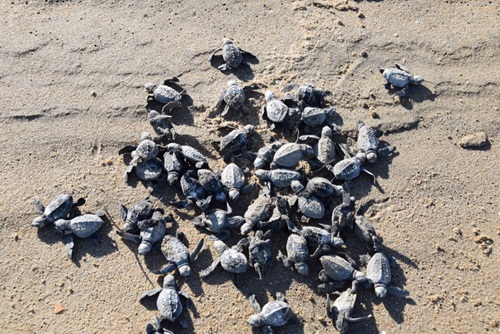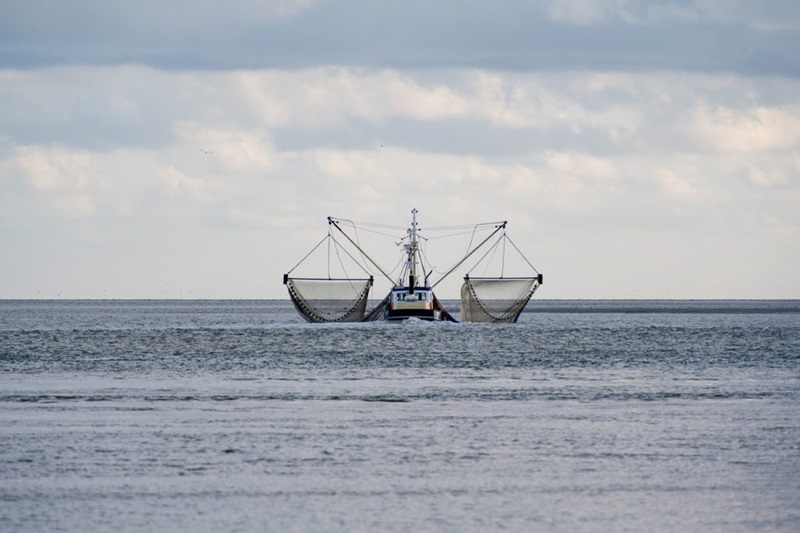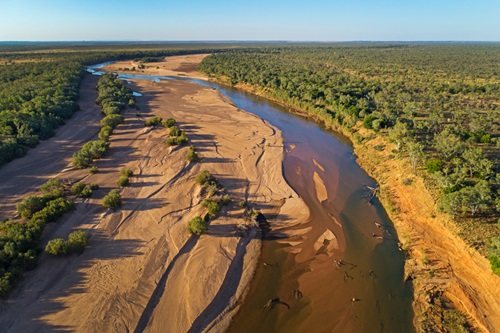
Teaming up for turtles
Commonwealth Scientific and Industrial Research Organisation (CSIRO) Oceans and Atmosphere
Published: 18 February 2021
CSIRO, APN Cape York rangers and Microsoft built an AI-powered cloud system to analyse aerial photos, helping protect turtle nests from predators. The tech reduces monitoring time, boosts hatchling survival, and supports sustainable turtle populations.

The quest for a new everyday supermarket fish
Commonwealth Scientific and Industrial Research Organisation (CSIRO) Oceans and Atmosphere
Published: 18 February 2021
CSIRO’s Future Protein Mission is developing Australia’s white-flesh fish industry, focusing on pompano to boost local aquaculture, reduce imports, enhance food security, and create jobs, aiming for 50,000 tonnes annually by 2030.

Water innovation recognised in nation's capital
Commonwealth Scientific and Industrial Research Organisation (CSIRO) Oceans and Atmosphere
Published: 19 February 2021
The ACT Water Awards honoured leaders in research, innovation, and sustainability, with CSIRO, Icon Water, and ANU among winners. Awardees will represent the ACT at the national Australian Water Awards at Ozwater’21.

